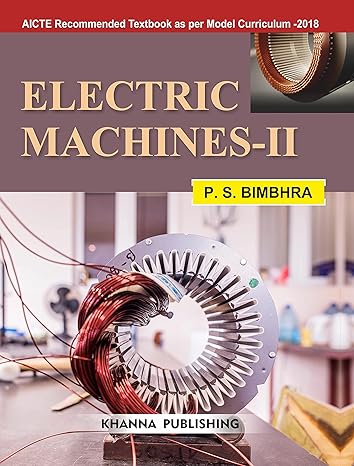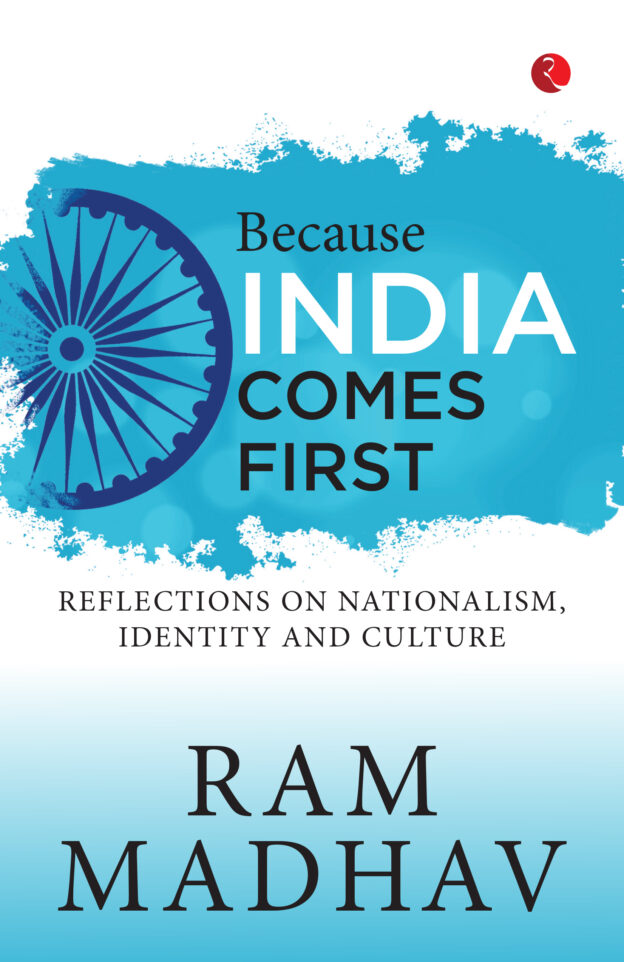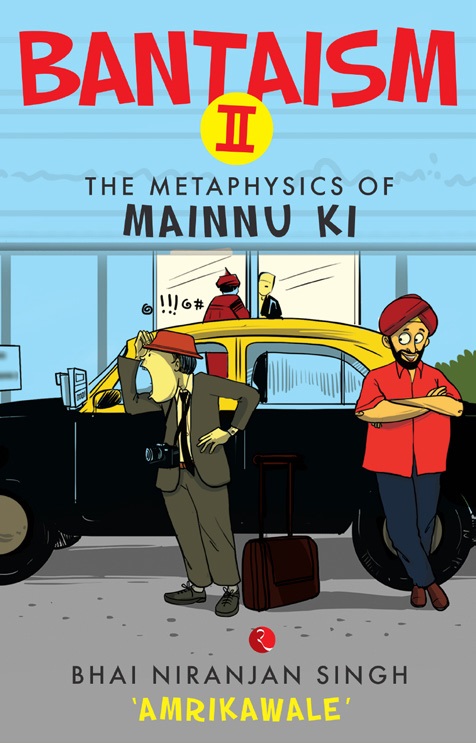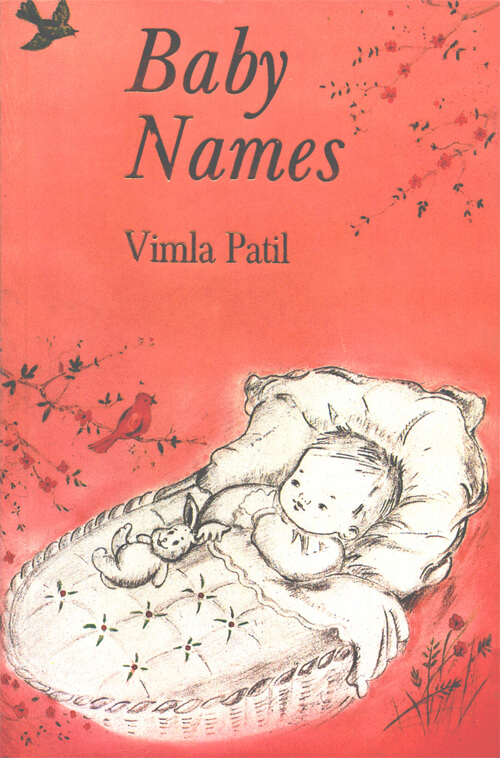Electrical Machines - II
Availability :
In Stock
₹ 200.00
M.R.P.:₹ 250
You
Save: ₹50.00 (20.00% OFF)
(Inclusive
of all taxes)
Delivery:
₹ 0.00 Delivery charge
Author:
Dr. P.S. Bimbhra
Publisher:
Khanna Publishing
Edition:
1st edition
ISBN-10:
9386173603
ISBN-13:
9789386173607
Publishing Year:
2021
No. of Pages:
168
Weight:
232 grms
Language:
English
Book Binding:
Paperback











